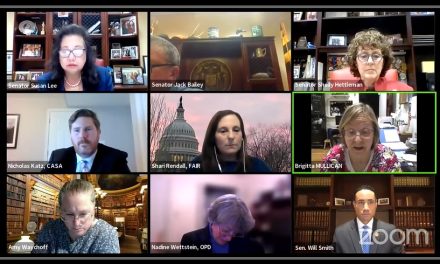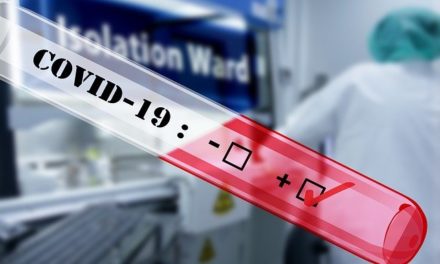By Jeffrey Benzing
Capital News Service
Maryland hit a poverty rate of 10.8%, the highest in nearly two decades, according to a report Tuesday by the U.S. Census Bureau.
“It is so disheartening because it feels to us like this roiling up of what is the perfect storm,” said Deborah Flateman, chief executive officer of Maryland Food Bank. “It’s bringing people to our agencies in droves.”
Maryland’s statistics are well below the national rate of 15.1% — yet the state’s poverty rate has increased 12.5% from 2009 to 2010, the period measured by the annual census report.
And as Flateman has seen droves of the hungry and poor, so has the federal government, which is spending more than $1 billion to feed Marylanders this year through the Food Supplement Program, up from $350 million in 2007, according to the state’s Department of Human Resources.
Maryland was named the wealthiest state by the Census Bureau in December, but pockets of suburban wealth conceal rural and urban poverty across the state, said Al Passarella, research and policy associate at Advocates for Children and Youth.
“The same problems afflicting Allegany County are afflicting Baltimore City,” said Passarella, who is concerned about poverty even in traditionally wealthy areas. “There’s a lack of availability of jobs. There’s a lack of availability of social services.”
Maryland fares better than other states, he said, in part because state lawmakers have made efforts to curb poverty, but the problem hasn’t diminished.
Flateman said she is seeing a troubling number of families above the poverty line looking for food. They don’t qualify for government assistance, but can’t make ends meet.
“They’re working to cobble a life together,” she said.
From 2009 to 2010, the number of Marylanders in poverty increased by nearly 80,000. Poverty rates have fluctuated according to past census data but are now just above the 10.7 rate the state hit in 1994, the earliest available state figures.
Isabel Sawhill, senior fellow with the Brookings Institution in Washington, said she expects national poverty numbers to continue growing, unless services and jobs are increased for the poor. The federal poverty line is too low, she said, and doesn’t include many families and individuals who make slightly too much money for government aid.
The federal poverty line varies with the size of a family, but, for example, is now $22,050 for a family of four.
Tuesday’s national report comes as no shock but illustrates struggles facing an increasing number of Americans.
“It tells the story that we’re not improving people’s lives,” Flateman said.
The American Community Survey, focused more directly on state economies, will be released by the Census Bureau later this month.





Recent Comments